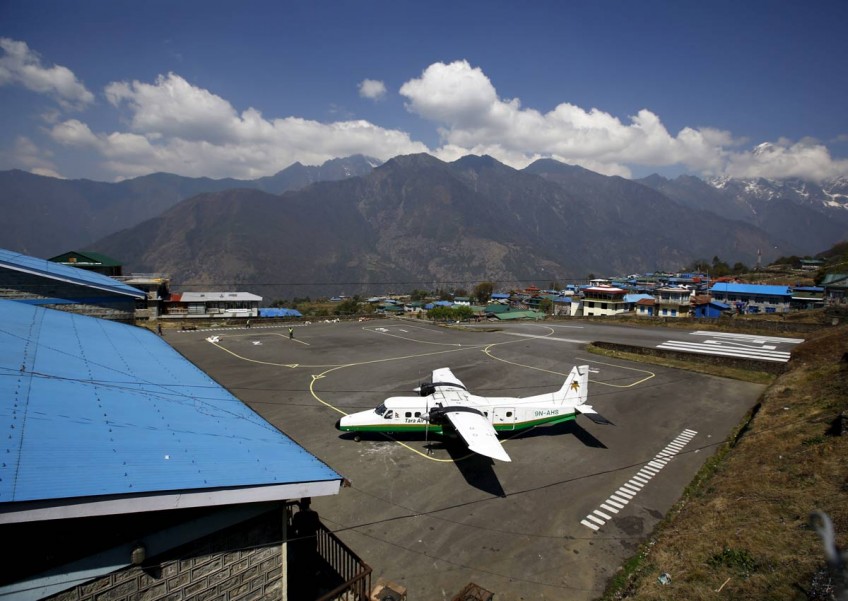Nepal plane crashes, killing all 23 on board

NEPAL - Rescuers have found the burnt-out wreckage of a passenger plane that crashed into a mountainside in Nepal on Wednesday, killing all 23 people on board, officials said.
The Twin Otter turboprop aircraft lost contact with air traffic control eight minutes after taking off from the tourist town of Pokhara early on Wednesday.
The army had deployed helicopters and foot soldiers to search Myagdi, a mountainous district around 220 kilometres (160 miles) west of Kathmandu, after locals reported seeing possible wreckage of the Tara Air plane.
Chief district officer Sagar Mani Pathak said there was "no possibility of survivors from the crash", the latest in a series of fatal aviation accidents in the impoverished Himalayan nation.
"A small team has reached the crash site for an initial investigation," said Pathak.
"It looks like the plane crashed into the hillside. The wreckage was still in flames when the team arrived and the bodies were scattered." The airline said the plane was carrying three crew and 20 passengers, one a Chinese and one a Kuwaiti national.
All the others were from Nepal and two of them were children.
A statement on its website said weather conditions were good when the plane took off for Jomsom, a popular trekking destination in the Himalayas about 20 minutes' flight from Pokhara.
Relatives of the victims gathered at Pokhara airport after hearing the news. But Pathak said a full team of rescuers would be unable to reach the crash site, which is around 16,000 feet (4,900 metres) above sea level, on Wednesday.
"We are sending teams to bring down the bodies, but they have not arrived yet. It is not possible for a helicopter to land in the area," he said.
"The weather is deteriorating and it might snow. It is unlikely they will be able to bring anything down today." Tara Air is a subsidiary of Yeti Airlines, a privately-owned domestic carrier founded in 1998 which services many remote destinations across Nepal.
It suffered its last fatal accident in 2010 when a plane chartered by a group of Bhutanese tourists crashed into a mountainside in eastern Nepal.
Air travel is popular in Nepal, which has only a limited road network. Many communities, particularly in the mountains and hills, are accessible only on foot or by air.
Aviation expert Kunda Dixit said the flight path, which passes near two of the world's highest peaks Dhaulagiri and Annapurna, was prone to very strong winds.
"Most flights in the area fly before 9:30am because very strong winds pick up after that," he told AFP.
"It is very strange because it is a brand-new plane and the weather was clear in the morning. The pilot is very experienced and focused on safety, I flew with him only 10 days ago." The country, which is still reeling from a devastating earthquake last April, has in recent years suffered a number of air disasters which dealt a blow to its tourist industry.
Most have been attributed to inexperienced pilots, poor management and inadequate maintenance.
Two years ago a Twin Otter plane belonging to national carrier Nepal Airlines crashed into a hillside shortly after taking off from Pokhara, killing all 18 people on board.
The country's aviation sector has come under fire from international authorities and in 2013 the European Union blacklisted all Nepal's airlines.
EU Transport Commissioner Siim Kallas said at the time the country's safety record "does not leave us any other choice".
Nepal's last major aviation accident was last May when a US military helicopter helping with earthquake relief crashed in bad weather, killing six Marines and seven other people.